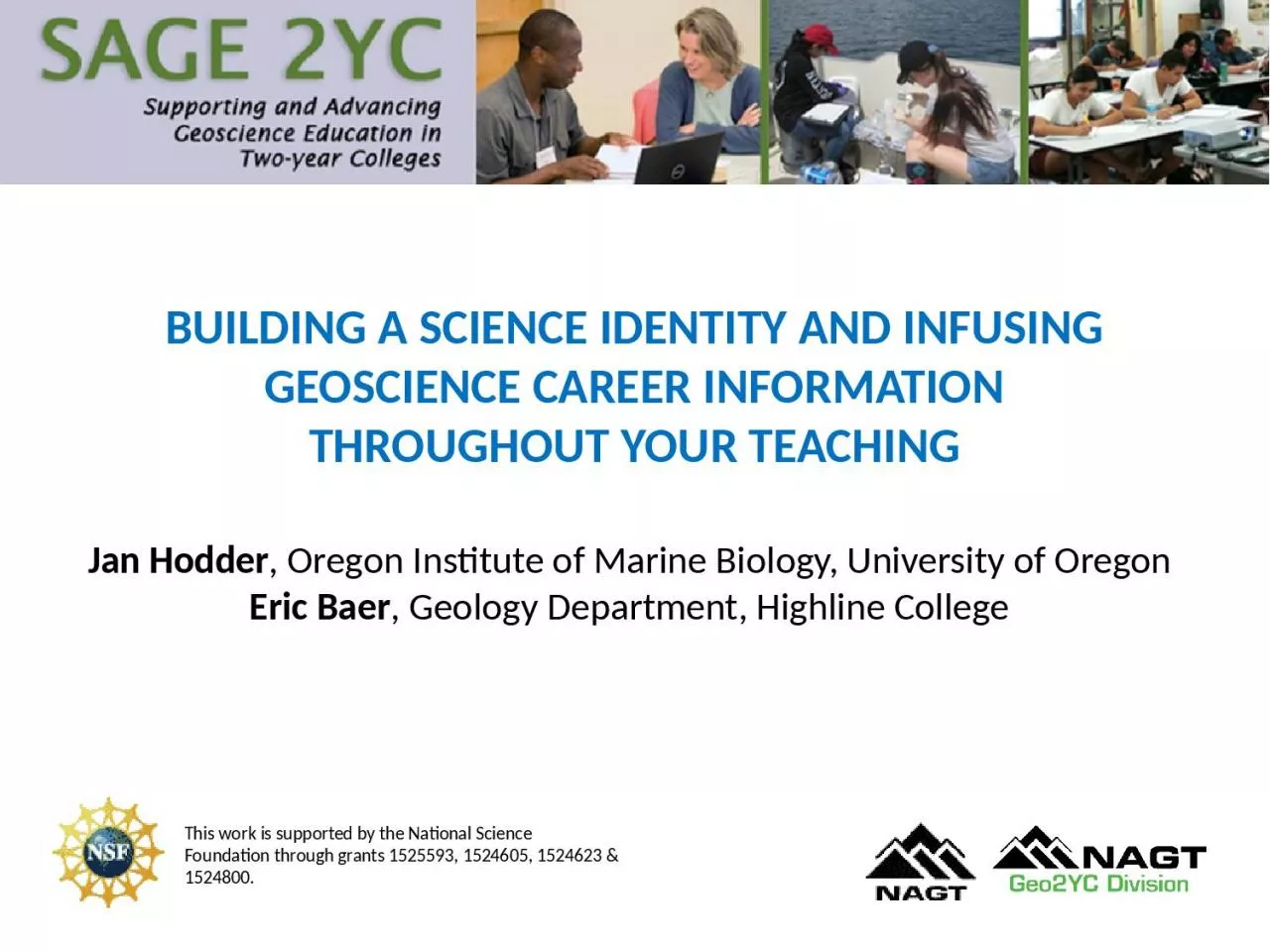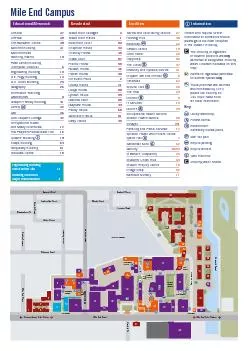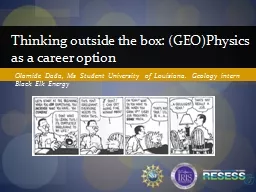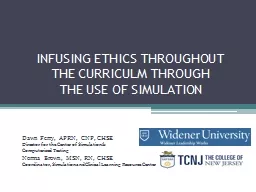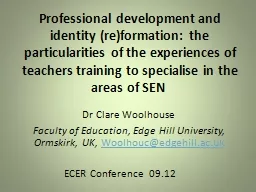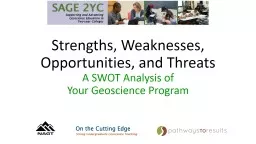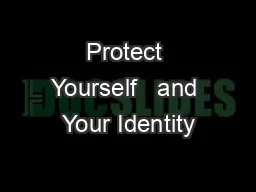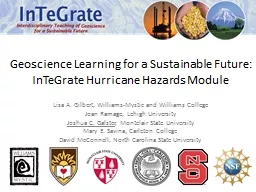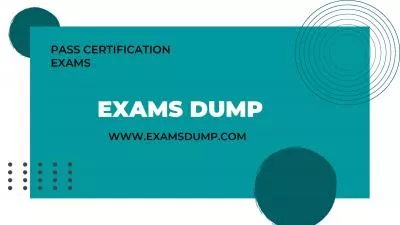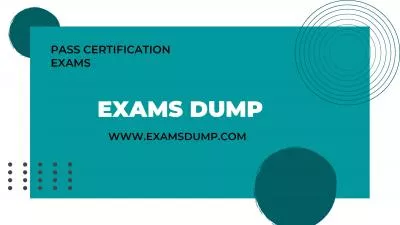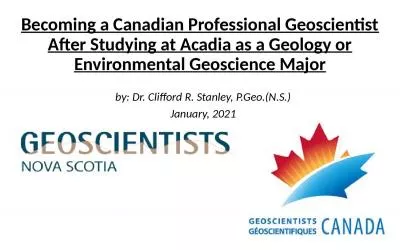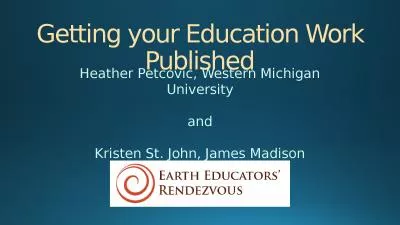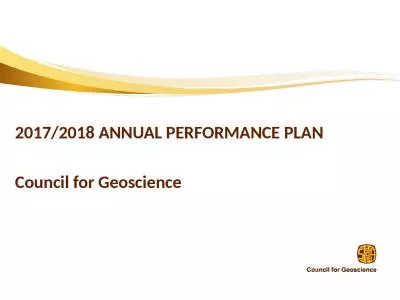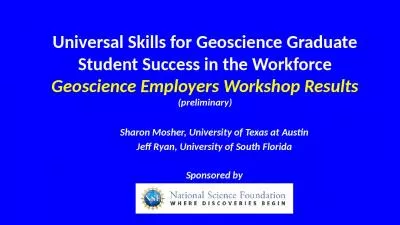PPT-BUILDING A SCIENCE IDENTITY AND INFUSING GEOSCIENCE CAREER INFORMATION THROUGHOUT YOUR
Author : miller | Published Date : 2022-07-15
Jan Hodder Oregon Institute of Marine Biology University of Oregon Eric Baer Geology Department Highline College This work is supported by the National Science
Presentation Embed Code
Download Presentation
Download Presentation The PPT/PDF document "BUILDING A SCIENCE IDENTITY AND INFUSING..." is the property of its rightful owner. Permission is granted to download and print the materials on this website for personal, non-commercial use only, and to display it on your personal computer provided you do not modify the materials and that you retain all copyright notices contained in the materials. By downloading content from our website, you accept the terms of this agreement.
BUILDING A SCIENCE IDENTITY AND INFUSING GEOSCIENCE CAREER INFORMATION THROUGHOUT YOUR: Transcript
Download Rules Of Document
"BUILDING A SCIENCE IDENTITY AND INFUSING GEOSCIENCE CAREER INFORMATION THROUGHOUT YOUR"The content belongs to its owner. You may download and print it for personal use, without modification, and keep all copyright notices. By downloading, you agree to these terms.
Related Documents

